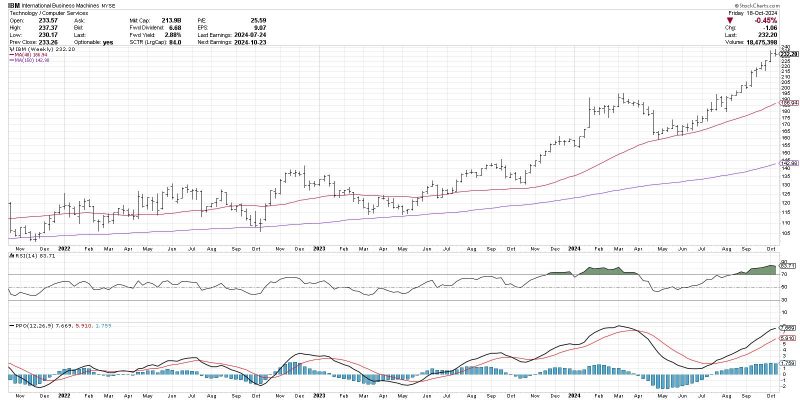Body:
The MACD histogram, an acronym for Moving Average Convergence Divergence, is deemed a potent tool by many expert investors and market analysts. Often, it intrigues many to unearth whether this nifty tool holds the secret to predicting market trend changes. Through this examination, we delve into the essentials of the MACD histogram and analyze its effectiveness in anticipating market transformations.
To start with, it’s imperative to comprehend what MACD histogram is. Proposed by Gerald Appel in the ’70s, the MACD histogram is a technical analysis tool that aims to detect changes in strength, direction, momentum, and the length of a trend in a stock’s price. Principally, the MACD histogram is a visual representation of the difference between the MACD line and the signal line charted versus time.
The calculation of the MACD histogram is pretty straightforward. It is the difference between the 26-day and 12-day exponential moving averages. When you subtract these two, you derive the MACD line. Then the signal line, which is a 9-day exponential moving average of the MACD line, is subtracted from the MACD line to get the MACD histogram.
But how does the MACD histogram work? This graph encompasses both positive and negative values. When the histogram is positive, the MACD line is above the signal line, implying bullish market conditions. Conversely, when the histogram is under zero, the MACD line is below the signal line, indicating bearish market conditions. Hence, it’s taken as the first sign of a probable change in market trends.
The golden cross and the death cross are two remarkable features of the MACD histogram, known as bullish and bearish crossovers. As the MACD line crosses over the signal line, a ‘golden cross’ is triggered, indicating a strong buying signal. In contrast, when the MACD line crosses below the signal line, a ‘death cross’ is activated, symbolizing a strong selling sentiment.
That being said, one should exercise caution with the MACD histogram. It should not be utilized as a standalone tool because it can whip-saw in highly volatile markets and generate false signals. Therefore, traders should corroborate its readings with other technical indicators and fundamental analyses for a more comprehensive picture.
Now, coming back to the pivotal question, does the MACD histogram hold the secret to predicting trend changes? While it may not be an infallible method, the MACD histogram certainly provides significant signals for potential trend reversals. It enables traders to have a clearer understanding and better preparedness for any forthcoming changes in the market.
Furthermore, attention should be paid to divergence, one of the essential concepts of the MACD histogram. When the price of a security diverges from the MACD, it often signals the end of the current trend, affording traders a great opportunity to anticipate trend changes.
In conclusion, the MACD histogram can indeed offer invaluable insights into the possible shifts in market trends. Nevertheless, its usage should be combined with other trading tools and analyses to fortify the decision-making process in investing. Markets are inherently unpredictable, and thus, using an array of tools can help weave a safety net around one’s investment decisions.
